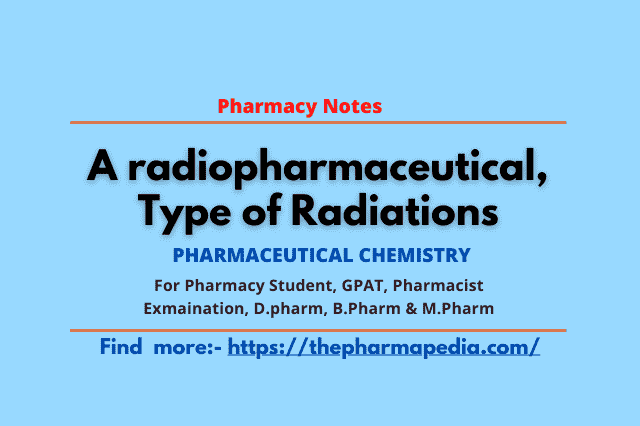An organism may comprise just a single cell (unicellular), a collection of cells that are not morphologically or functionally differentiated (colonial), or several distinct cell types with specialized functions (multicellular). Among microorganisms, all bacteria and protozoans are unicellular; fungi may be unicellular or multicellular, while algae may exist in all three forms.
All organisms are made up of two distinct cell types, i.e
- Procaryotic and
- Eucaryotic cells
| Prokaryotes | Eukaryotes |
|---|---|
| Bacteria BGA | Fungi Algae Protozoa Plants Animals |
Microorganisms are using structure of microscope size. Previously microorganisms were classified into groups that is Plant and Animal kingdom. This classification was unsatisfactory therefore a third Kingdom Protista was formed.
Protista
This group is divided into two groups
- Eukaryotes
- Prokaryotes
Prokaryotic & Eukaryotic cells differ from each other in many ways, including size, structural complexity and organization of genetic material (see table 2). The fundamental difference between procaryotic and eucaryotic cells is that eukaryotic cells possess a true nucleus and several other distinct subcellular membrane-bound organelles. Procaryotes have no such organelles and true nucleus.
Differences between prokaryotic and Eukaryotic cells
| Structure | Prokaryotes | Eukaryotes |
| Nucleus | ||
| Nuclear membrane | Absent | Present |
| Nucleolus | Absent | Present |
| Chromosomes/genetic materials | One circular, Free in cytoplasm | More than one (in pair) & present within a membrane-bound nucleus |
| Deoxyrobonucleoprotein | Absent | Present |
| Division | Binary | mitosis |
| Cytoplasm | ThePharmapedia.com | |
| Mitochondria, Golgi apparatus, lysosome, endoplasmic reticulum | All are Absent | All are Present |
| Ribosomes | Smaller (70S), free in cytoplasm | Larger (80S), free in the cytoplasm or attached to membranes |
| Respiratory enzymes | Bound to plasma membrane | located in mitochondria |
| Chemical Composition | Prepared by | ThePharmapedia.com |
| Sterols | Absent | Present |
| Muramic acid | Present | Absent |
| Histone protein | Absent | Present (complexed with DNA) |
| Cell wall | Usually based on peptidoglycan | When present, based on cellulose or chitin |
| External features | ThePharmapedia.com | |
| Cilia | Absent | May be present |
| Flagella | If present, composed of flagellin (Provide rotating motility) | if present, have a complex (9+2) structure (Provide ‘whiplash’ motility). |
| Pili | May be present | Absent |
| Size | Typically 1-5 μm | typically 10- 100 μm |
| Example ThePharmapedia.com | Bacteria & Blue-Green Algae | Fungi, algae (except blue-green algae), Protozoa and Slime molds. |

Prokaryote
Prokaryotes contain two types of microorganism.s
- Bacteria and
- blue green algae
Eukaryote
This group includes Fungi, algae (except blue green algae), Protozoa and Slime molds.
Similarities between prokaryotic and eukaryotic cell
- A plasma membrane
- Genetic information encoded on DNA (ds DNA)
- Ribosomes act as the site of protein synthesis









